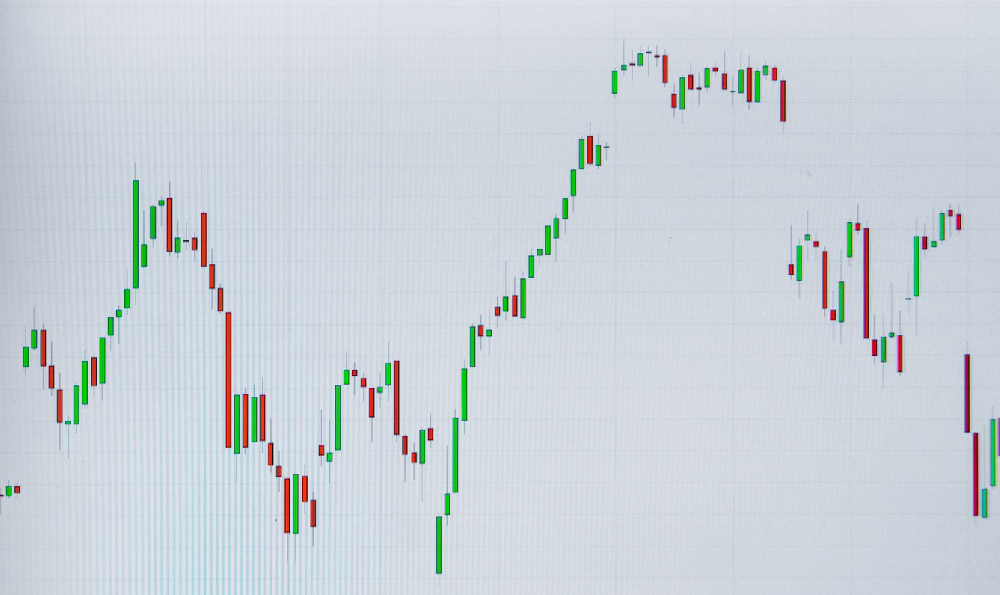Okay, I'm ready. Here's an article exploring the wealth accumulation and strategies of J.P. Morgan:
The name J.P. Morgan is synonymous with finance, power, and vast wealth. John Pierpont Morgan, Sr., a titan of the Gilded Age, wasn't just a banker; he was an architect of modern capitalism, shaping industries and wielding influence that resonated across continents. Understanding how he amassed his fortune requires delving into his background, the economic landscape of his time, and the specific strategies he masterfully employed.
Morgan's story begins not with instant riches, but with a privileged upbringing. Born into a wealthy and influential family, he benefited from a solid education, including studies in Europe. His father, Junius Spencer Morgan, was a successful banker himself, laying the groundwork for his son's future career. This access to capital and a pre-existing network of contacts were undeniably crucial advantages. However, privilege alone does not explain the scale of J.P. Morgan's success. He possessed an astute mind, a keen understanding of financial markets, and an almost unparalleled willingness to take calculated risks.

The late 19th and early 20th centuries presented a unique environment for financial innovation. The Industrial Revolution was in full swing, creating a burgeoning need for capital to fuel the growth of railroads, steel mills, and other massive enterprises. It was in this environment that Morgan found his niche, acting as an intermediary between European investors eager to invest in American companies and American entrepreneurs seeking funding for ambitious projects. He didn't just lend money; he provided structure, oversight, and a degree of stability to a rapidly expanding and often chaotic market.
One of Morgan's defining strategies was his emphasis on reorganization and consolidation. He wasn't simply interested in lending money; he wanted to control the companies he invested in. This often involved taking over struggling companies, restructuring their finances, and implementing more efficient management practices. He believed in bringing order to chaos, eliminating wasteful competition, and creating larger, more stable entities that could generate consistent profits.
A prime example of this is his role in the railroad industry. In the late 19th century, the railroad industry was plagued by overbuilding, price wars, and financial instability. Morgan stepped in, consolidating numerous smaller railroads into larger, more manageable systems. These consolidations, while controversial at the time, brought a degree of order to the industry and helped stabilize its finances. He demanded representation on the boards of directors of the companies he financed, ensuring that his vision was implemented and that his investments were protected. This direct involvement, often bordering on outright control, was a hallmark of his approach.
Another key element of Morgan's success was his ability to inspire confidence. In times of financial crisis, he often acted as a lender of last resort, injecting capital into struggling institutions and calming panicked investors. The Panic of 1907 is a particularly famous example. When the American financial system teetered on the brink of collapse, Morgan convened a group of leading bankers in his New York City library and orchestrated a bailout, preventing a widespread economic disaster. This act, though ultimately effective, highlighted the immense power he wielded and the lack of a centralized banking system at the time. This demonstrates his understanding of market psychology and his willingness to use his influence to maintain stability, which further solidified his reputation and increased investor trust.
Beyond railroads, Morgan also played a crucial role in the development of the steel industry. He orchestrated the merger of several steel companies to create U.S. Steel, the first billion-dollar corporation. This massive undertaking involved complex negotiations, financial engineering, and a deep understanding of the industry's potential. U.S. Steel dominated the American steel market for decades, generating enormous profits for its shareholders and cementing Morgan's legacy as a visionary financier.
Morgan's strategies weren't without their critics. He was often accused of manipulating markets, creating monopolies, and wielding too much power. His control over vast segments of the American economy raised concerns about the concentration of wealth and the potential for abuse. Indeed, his actions contributed to the growing antitrust movement of the early 20th century, which aimed to curb the power of large corporations.
However, it's important to understand Morgan's actions within the context of his time. He operated in an era of limited regulation and a strong belief in the power of private enterprise. He genuinely believed that his actions were beneficial to the overall economy, even if they also enriched him personally. He saw himself as a stabilizer, a force for order in a chaotic market.
In conclusion, J.P. Morgan's wealth accumulation was a complex interplay of factors. He benefited from a privileged background and access to capital, but he also possessed exceptional financial acumen, a willingness to take calculated risks, and a deep understanding of the forces shaping the American economy. His strategies of reorganization, consolidation, and control allowed him to build vast empires in the railroad and steel industries. While his methods were often controversial, they undeniably shaped the course of American capitalism and left an indelible mark on the financial world. He understood the power of capital and wielded it with both precision and ambition, leaving behind a legacy that continues to be debated and analyzed today. His success wasn't solely about making money; it was about building institutions and shaping industries, leaving an enduring imprint on the modern world.












